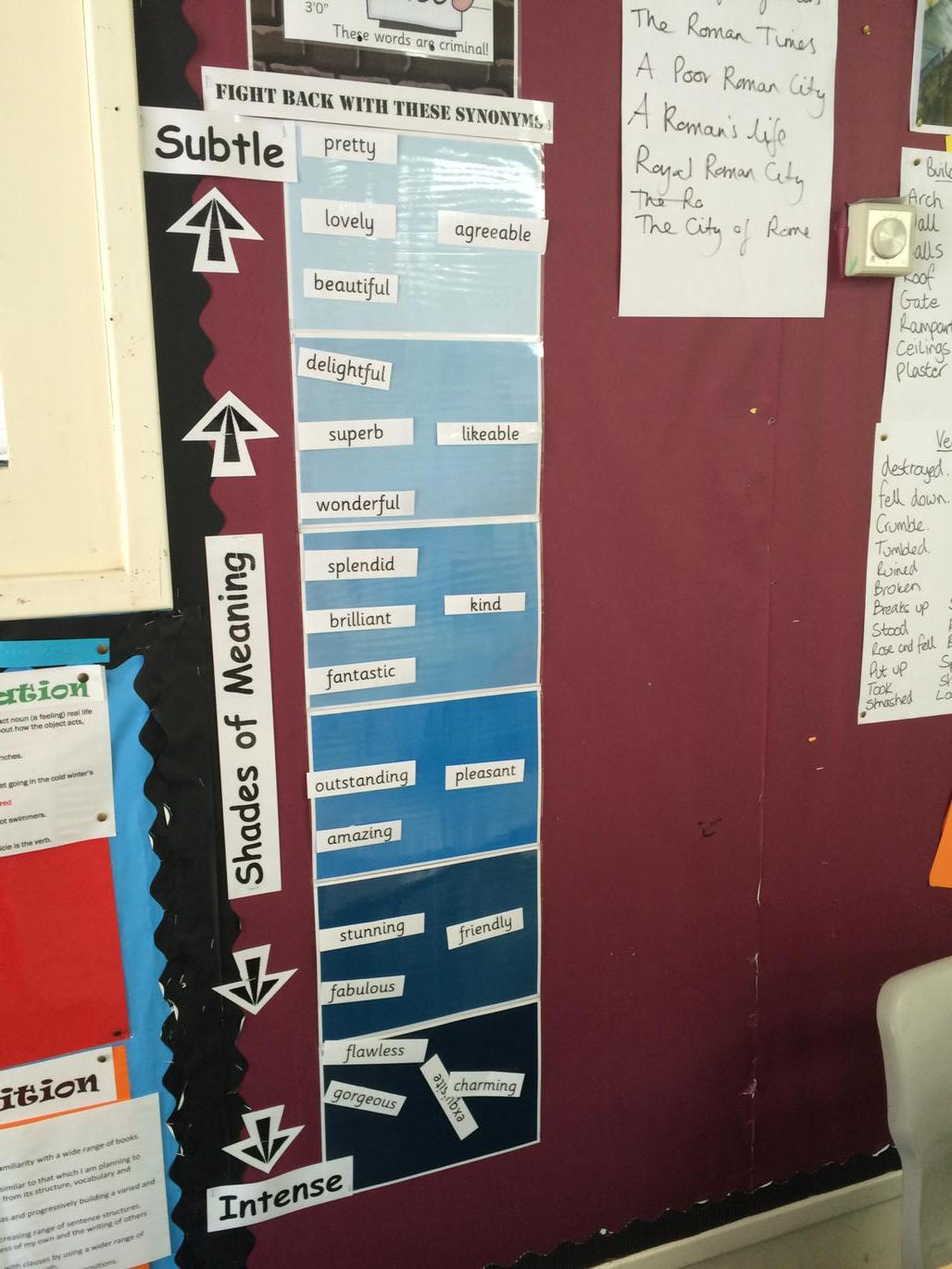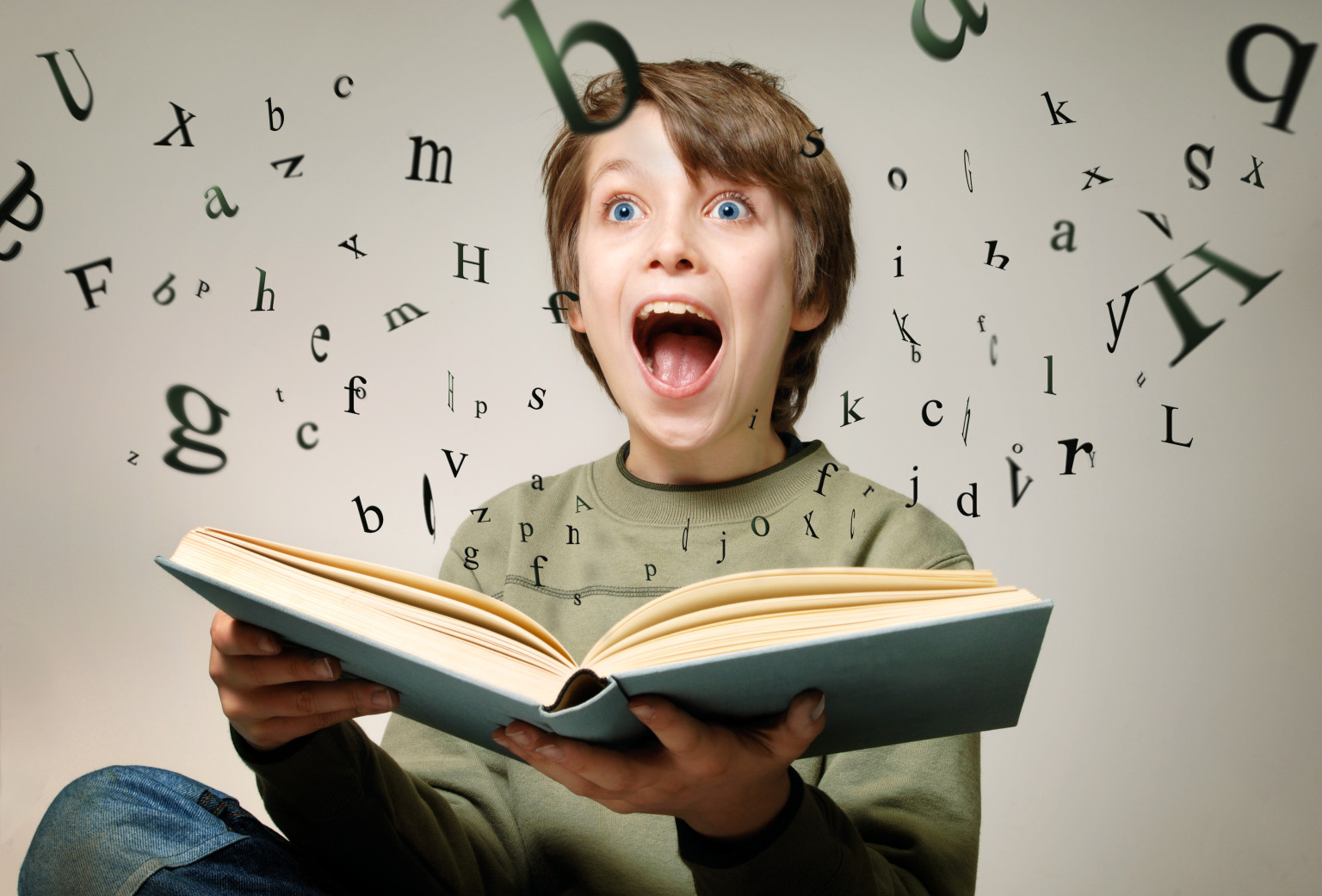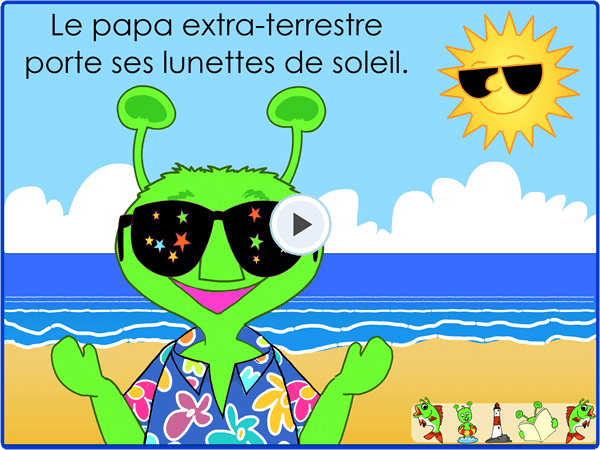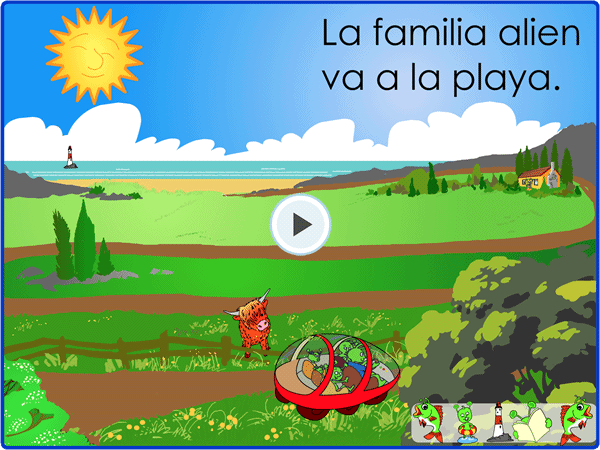I bought some cards recently in France and they came with their own envelopes - which were just as wonderful as the pictures on the cards inside!.
Take a look at the envelope on the left !
I like the envelope because it prepares you for the message that could be possibly inside .
It allows you to get ready to open the envlope and imagine the message inside too!
So take a look at the envelope again and think....
What can you see?
What type of day is it?
Where are the people?
What are they doing?
Activity One :All about the envelope and setting the scene
Above we have our "Talk Prompts"
Give the children time to gather the language they need to try to convey the responses to the questions you are going to ask them about the envelope.This could be a group,pair or individual activity.These answers will be present tense of course.
Activity Two: All about the invitation in the envelope
Now prepare for the invitation inside the envelope.
Explain to the children that inside is an invitation and the picture on the envelope gives the class a clue as to the verbs we might find inside the envelope.In this instance it will be verbs we asscoiate with the seaside- to swim, to play football , to build a sandcastle , to have a picnic, to sunbathe, to eat an ice cream ......
The invitation is a suggestion of what you will be doing so discuss how we use the phrase "let's go....the verb describing the activity"
Ask the children to decide which verb (so which activity) they want to put in the envelope.Again this could be a pair or individual activity and could involve the use of bilingual dictionaries.
Invite children to suggest the verb they want in the envelope and write it out ,show the class and pop it inside the envelope.To go in the envelope it needs to be the infinitive of the verb- ask the class to help you check it is an infinitive that is written on the card before it goes in!
Activity Three: An invitation to the near future!
One by one take the cards out of the envelope and play a game of charades with the class.Can they guess the target language infinitive?
Once the class has guessed the infinitive correctly add it to the invitation list.
The invitation list is basically the list of infinitives underneath the heading "Allons" (French) or "Gehen wir..." or "Vamos" (Spanish) ....let's go ....!
Practise forming the near future tense with the title of the invitation list and the infinitives.
Can the children write out clear invites- a sentence made up of 1st person plural of the verb "to go" in the target language and the infinitive of their choice.
Pop the invitation card sentences back in to the envelope.
Activity Four :Envelope Explorers - over to you!
Each child is now the creator of an "envelope to explore" for another child.
Step One
Think of a scene - draw/paint the front picture on your envelope of this scene.
A birthday?Christmas? A party? A football match? A walk on the countryside?
Step Two
Add infinitive verb cards in the target language that you associate with this scene in to the envelope.
Step Three
Pass the envelope to a partner.
Can the partner write a list of the infinitives they anticpate will be in the enevelope?
The partner can then open the envelope and see if the verbs are already written on verb cards inside the envelope.If they have thought of additional infinitives then these should be added,written on card and placed inside the envelope.
Step Four
Pass the envelope back to the designer of the envelope.
Can the child now write full sentence near future invitation sentences to go in the envelope using the infinitives that are in the envelope?
Step five
Invite volunteers to share their envelopes with the class.
Ask the class to suggest possible infinitves that may be in the envelope
Ask the volunteer with the envelope to rread out some of their near future invitation sentences from the envelope.
Step six - celebrate the work!
Make a display of the envelopes and allow the children to open the envelopes and see what invitation sentences are written in cards inside.
Or create talking envelopes
Record the children sayimng their sentences using either a QR code or Chatterpix.
Play these back for the class!
Take a look at the envelope on the left !
I like the envelope because it prepares you for the message that could be possibly inside .
It allows you to get ready to open the envlope and imagine the message inside too!
So take a look at the envelope again and think....
What can you see?
What type of day is it?
Where are the people?
What are they doing?
Activity One :All about the envelope and setting the scene
Above we have our "Talk Prompts"
Give the children time to gather the language they need to try to convey the responses to the questions you are going to ask them about the envelope.This could be a group,pair or individual activity.These answers will be present tense of course.
Activity Two: All about the invitation in the envelope
Now prepare for the invitation inside the envelope.
Explain to the children that inside is an invitation and the picture on the envelope gives the class a clue as to the verbs we might find inside the envelope.In this instance it will be verbs we asscoiate with the seaside- to swim, to play football , to build a sandcastle , to have a picnic, to sunbathe, to eat an ice cream ......
The invitation is a suggestion of what you will be doing so discuss how we use the phrase "let's go....the verb describing the activity"
Ask the children to decide which verb (so which activity) they want to put in the envelope.Again this could be a pair or individual activity and could involve the use of bilingual dictionaries.
Invite children to suggest the verb they want in the envelope and write it out ,show the class and pop it inside the envelope.To go in the envelope it needs to be the infinitive of the verb- ask the class to help you check it is an infinitive that is written on the card before it goes in!
Activity Three: An invitation to the near future!
One by one take the cards out of the envelope and play a game of charades with the class.Can they guess the target language infinitive?
Once the class has guessed the infinitive correctly add it to the invitation list.
The invitation list is basically the list of infinitives underneath the heading "Allons" (French) or "Gehen wir..." or "Vamos" (Spanish) ....let's go ....!
Practise forming the near future tense with the title of the invitation list and the infinitives.
Can the children write out clear invites- a sentence made up of 1st person plural of the verb "to go" in the target language and the infinitive of their choice.
Pop the invitation card sentences back in to the envelope.
Activity Four :Envelope Explorers - over to you!
Each child is now the creator of an "envelope to explore" for another child.
Step One
Think of a scene - draw/paint the front picture on your envelope of this scene.
A birthday?Christmas? A party? A football match? A walk on the countryside?
Step Two
Add infinitive verb cards in the target language that you associate with this scene in to the envelope.
Step Three
Pass the envelope to a partner.
Can the partner write a list of the infinitives they anticpate will be in the enevelope?
The partner can then open the envelope and see if the verbs are already written on verb cards inside the envelope.If they have thought of additional infinitives then these should be added,written on card and placed inside the envelope.
Step Four
Pass the envelope back to the designer of the envelope.
Can the child now write full sentence near future invitation sentences to go in the envelope using the infinitives that are in the envelope?
Step five
Invite volunteers to share their envelopes with the class.
Ask the class to suggest possible infinitves that may be in the envelope
Ask the volunteer with the envelope to rread out some of their near future invitation sentences from the envelope.
Step six - celebrate the work!
Make a display of the envelopes and allow the children to open the envelopes and see what invitation sentences are written in cards inside.
Or create talking envelopes
Record the children sayimng their sentences using either a QR code or Chatterpix.
Play these back for the class!














































